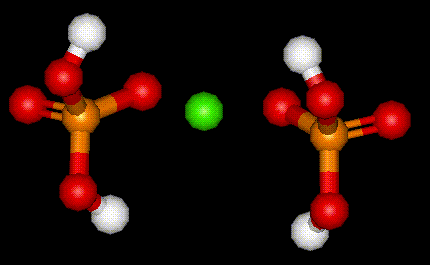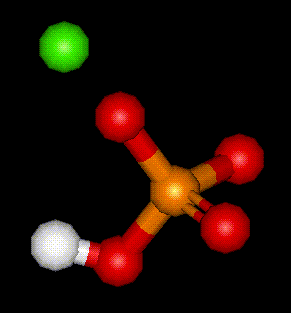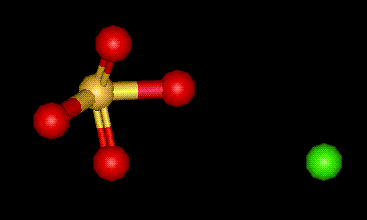


| Other names: | 1,2,3-Propanetricarboxylic acid, 2-hydroxy-, Tricalcium citrate |
| Molecular formula: | C12H10Ca3O14 |
| CAS No: | 813-94-5 |
| Physical appearance: | white powder or white to colourless crystals |
| Other information: | low toxicity |
 Monocalcium phosphate is available commercially in the anhydrous or monohydrate form. Both are used as a leavening acid to replace cream of tartar in foods, 'straight baking powder' is a mixture of monocalcium phosphate monohydrate and sodium hydrogen carbonate. Monocalcium phosphate is used extensively in the fertiliser industry, when it was noted in 1880 that acidulated bones (containing tricalcium phosphate) made good fertiliser.
Monocalcium phosphate is available commercially in the anhydrous or monohydrate form. Both are used as a leavening acid to replace cream of tartar in foods, 'straight baking powder' is a mixture of monocalcium phosphate monohydrate and sodium hydrogen carbonate. Monocalcium phosphate is used extensively in the fertiliser industry, when it was noted in 1880 that acidulated bones (containing tricalcium phosphate) made good fertiliser.| Other names: | calcium phosphate, monobasic, monohydrate, calcium tetrahydrogen diorthophosphate. |
| Molecular formula: | Ca(H2PO4)2 H20 |
| CAS No: | 7758-23-8 |
| Physical appearance: | white crystalline powder |
| Other information: | may cause skin, eyes and respiratory irritation. |
 Manufactured from phophoric acid, dicalcium phosphate is used as an antioxidant in food, an abrasive agent in toothpaste (dicalcium phosphate dihydrate) as well as being a firming agent. Available in the anhydrous or dihydrate forms.
Manufactured from phophoric acid, dicalcium phosphate is used as an antioxidant in food, an abrasive agent in toothpaste (dicalcium phosphate dihydrate) as well as being a firming agent. Available in the anhydrous or dihydrate forms.| Other names: | Calcium hydrogen orthophosphate, calcium phosphate dibasic. |
| Molecular formula: | CaHPO4 |
| Other names: | tricalcium diorthophosphate, calcium phosphate tribasic. |
| Molecular formula: | Ca5(PO4)3OH |
 Calcium sulphate occurs naturally in the form of gypsum, and may be used as a sequestrant in food as well as a buffer and firming agent.
Calcium sulphate occurs naturally in the form of gypsum, and may be used as a sequestrant in food as well as a buffer and firming agent.| Other names: | Anhydrous gypsum |
| Molecular formula: | CaSO4 |
| CAS No: | 7778-18-9 |
| Physical appearance: | white odourless powder |
| Melting point: | 1450 C |
| Other information: | may irritate nose and eyes |